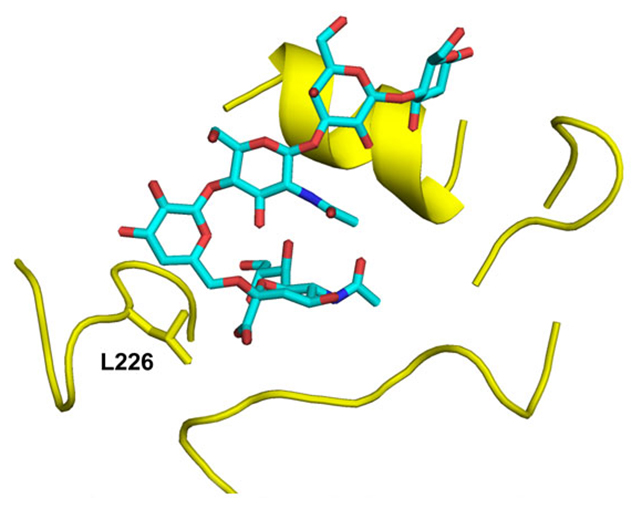With the H5N1 bird flu virus spreading quickly across animals in the US, experts are on high alert for signs of human-to-human transmission. Such a jump could become far easier with just a single mutation, according to new research.
The virus has a fatality rate of 50 percent in humans, so animal infections need to be carefully monitored and tightly controlled to stop the spreading strain of H5N1 adapting into something that one person can give directly to another.
While several of these morphing mutations are usually needed to put humans in danger from avian influenza, this time the transformation process could be quicker, scientists from the Scripps Research Institute in California found.
"The findings demonstrate how easily this virus could evolve to recognize human-type receptors," says infectious disease scientist Ting-Hui Lin, first author of the new study.

A virus needs to locate compatible receptors on host cells to trigger an infection – something H5N1 has found in birds and animals, but not humans.
The researchers investigated the H5N1 2.3.4.4b strain of the virus found in recent human infections, finding that a single amino acid mutation in a key protein would be enough to switch the virus target from avian-type receptors to human-type receptors.
This mutation, labeled Q226L, could act like a new pair of glasses for the virus, allowing it to recognize landing points on human cells.
"Our experiments revealed that the Q226L mutation could significantly increase the virus' ability to target and attach to human-type receptors," says biochemist James Paulson.
"This mutation gives the virus a foothold on human cells that it didn't have before, which is why this finding is a red flag for possible adaptation to people."
We have seen humans contract this flu from animals after being in close contact with them. If the virus can latch onto cells specific to our airways, it would be all too easy for the pathogen to pass person-to-person via aerosols spread through talking or sneezing.
The discovery emphasizes the need to track H5N1 closely and continue to monitor for new strains. While an ability to latch onto our receptors is critical for the virus's spread through humans, it doesn't rule out the possibility that other changes may also be required for transmission.
"Our study doesn't suggest that such evolution has occurred or that the current H5N1 virus with only this mutation would be transmissible between humans," says Lin.
Further research is going to be needed to get a full understanding of how a human-to-human strain of this virus might fare in terms of its transmission mechanisms and its stability in human hosts.
That should give us a better understanding of how the virus can be contained – and how another global pandemic is best prevented.
"Continuing to track genetic changes as they happen will give us an edge in preparing for signs of increased transmissibility," says biologist Ian Wilson.
"This type of research helps us understand what mutations to watch for and how to respond appropriately."
The research has been published in Science.
